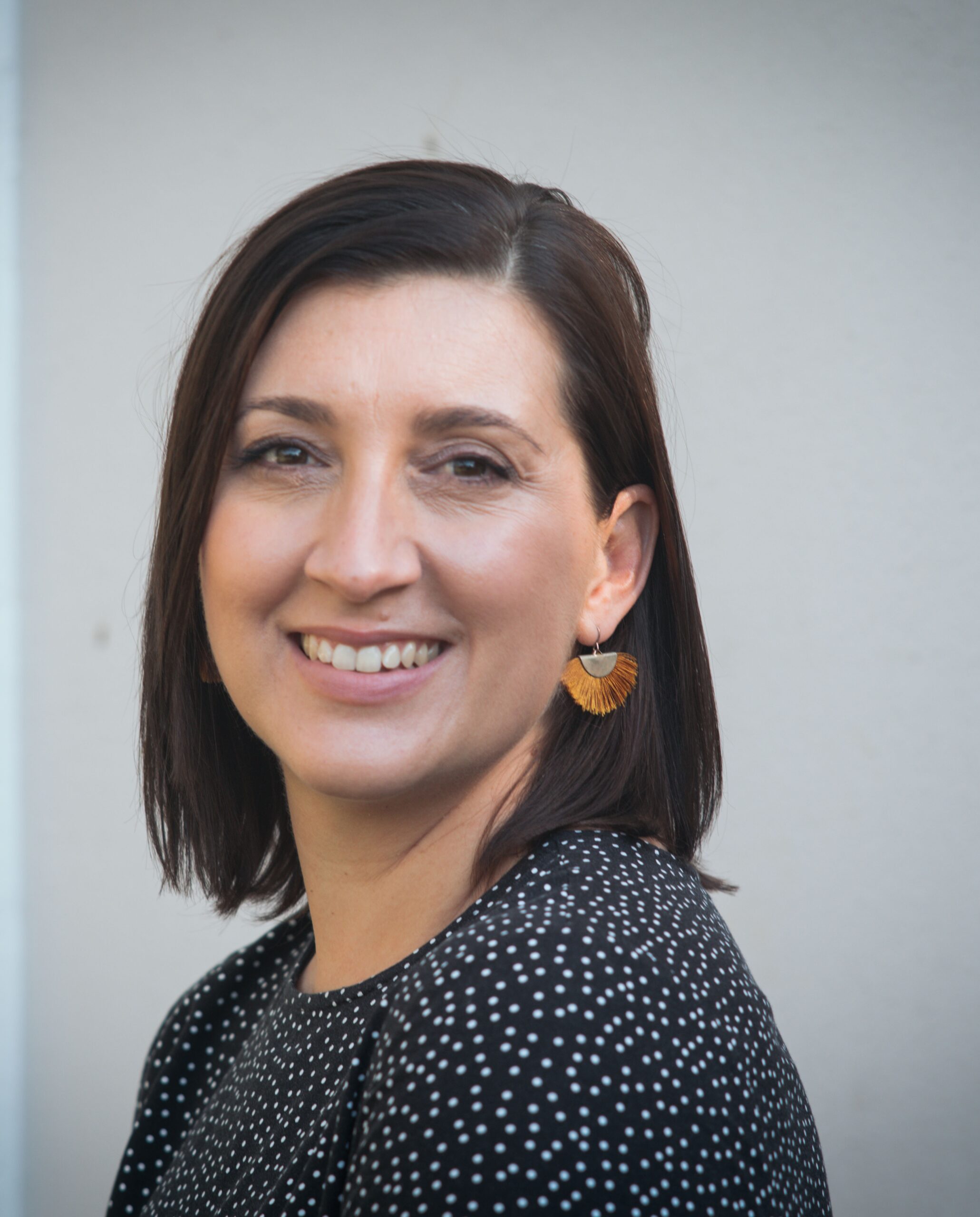Denmark’s continued investment in research and development is really paying off. In 2015, it spent 59.976 billion kroner – about 1.7 billion more than in 2014 and the third highest among the OECD countries in the EU.
According to Danmarks Statistik figures reported by videnskab.dk, the investment corresponds to 2.96 percent of its GDP, just shy of a target set for all EU nations in 2000 to become “the most competitive and dynamic knowledge-based economy in the world”.
However, while Denmark spends the most on research carried out in the public sector, much less is invested by the private sector.
Respected research
Nevertheless, it is getting Denmark noticed. Its research – most particularly in the areas of medicine, health sciences and engineering – is the third most cited among the OECD nations, and it ranks second for the number of published research publications per capita.
“It is research that will help us prepare for the future,” stated the education and research minister, Søren Pind, who urged the private sector to get more involved.
“It is crucial that Danish research has a high quality and can be used by other researchers and the business community.”
Spreading the clean air
It is opening doors to future revenue-earning streams, such as clean air solutions, which 500 Danish companies are busy exporting to other nations, earning annual revenue of over 7 billion kroner. The EU, the US and China are all significant importers.
As cities struggle with air pollution, “they need Danish expertise”, contends Sara Røpke, a spokesperson at the environmental authority Miljøstyrelsen, to tackle a problem that kills 7 million people every year worldwide.
“There is a strong base for generating growth and jobs in Denmark while contributing to solving a very serious environmental dilemma.”
Well placed to thrive
It is common knowledge that Denmark is a world leader in cleantech, and now its many companies look well placed to capitalise via Breakthrough Energy Ventures (BEV), a new international fund dedicated to funding research within green energy technology.
“Looking at what the fund wants to support, it’s a fantastic opportunity,” said Thea Larsen, the head of the public grant scheme for the energy arena EUDP.
“It matches a lot of areas in which Denmark has a position of strength, such as bio-energy, wind energy, district heating and smart-energy solutions.”
Delegation in India
Also playing their part are government-led delegations. The latest – which is being led by the energy and climate minister, Lars Christian Lilleholt – is in India until the end of the week and mainly pursuing green technology, food and maritime interests.
“Last year, Denmark’s total exports to India were worth almost 10 billion kroner, and our target is to increase that by about 5-6 billion kroner over the next four to five years,” said Lilleholt.
Record profits
And all the hard work is translating into profits. Danish companies in 2014 enjoyed their best figures since the financial crisis, according to FSR Danske Revisorer, which assessed 140,000 financial statements.
Profits increased by 19 percent to 269 billion kroner before tax compared to 226 billion in 2014, which might explain why 75,490 Danes are hiding their wealth in offshore tax havens – a jump from 58,652 in 2013.
The tax evaders owe the Danish state billions of kroner in unpaid taxes, duties and fines, according to JydskeVestkysten. As of November, Danish citizens owed the Danish state about 91.7 billion kroner.
Assets accumulating too
Still, every Dane knows by now that the best place to invest their money is in property – most particularly villas and semi-detached houses.
Following a rapid rise of 3.2 percent in the third quarter of 2016, the government expects house prices to grow by 4 percent both in 2017 and 2018.














